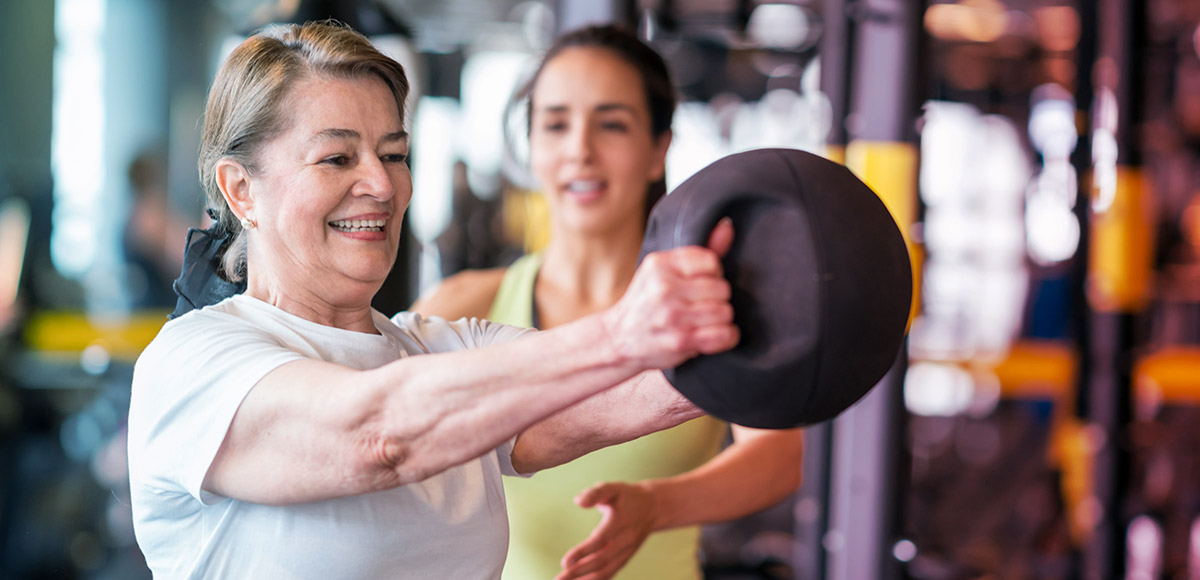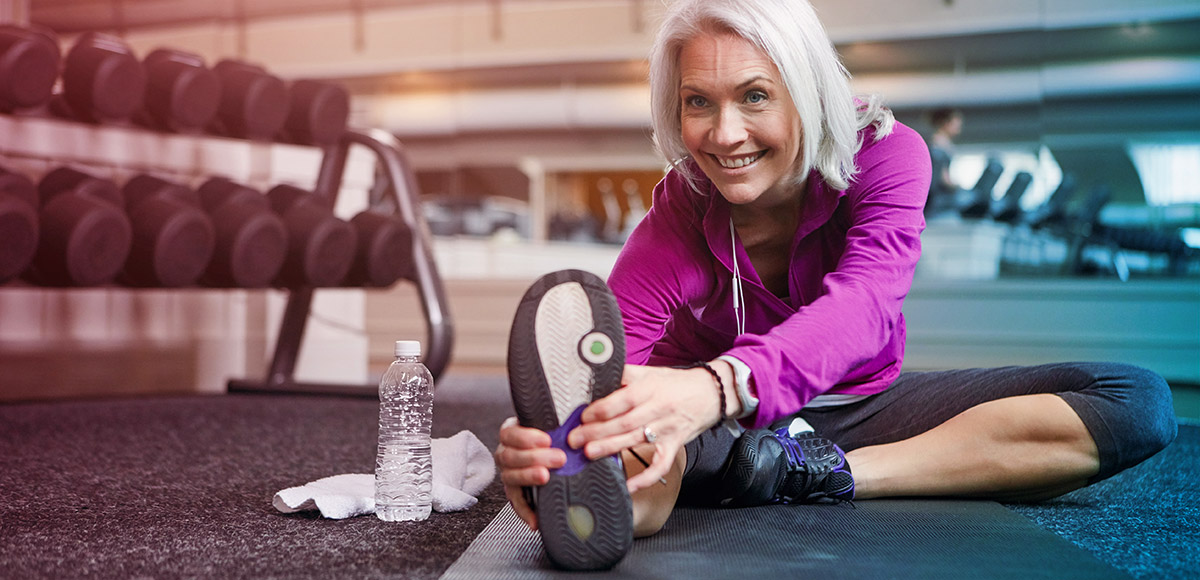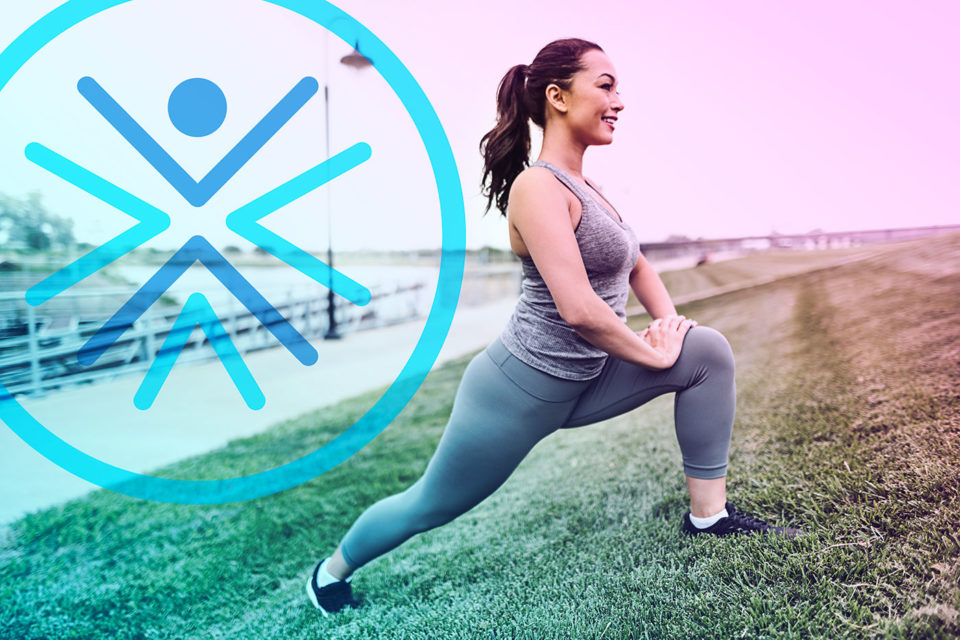The Essentials of a Complete Workout
By: Audra Stawicki, PT, DPT, CMP, CYI —
Aerobic Activity
Aerobic activity involves an elevation of the heart rate for a prolonged period of time. For illustration, walking outside for 30 minutes or riding a stationary bike for 45 minutes. The activity is sustained. However, there might be periods of time where the heart rate while still elevated may increase or decrease depending upon factors such as walking up-hill or down-hill or increasing or decreasing the resistance on the stationary bike. During aerobic activity, the heart pumps more oxygen-rich blood to the entire body, basically a life support mechanism, infusing every cell with nutrition and energy.

Strengthening
Strengthening a muscle is to make it contract (shorten) thereby producing tension and force which ultimately improves the power and function of a muscle or muscle group. There are two types of muscle contractions in the body in reference to the skeletal muscles (the muscles that transport our skeleton, without muscles we would literally be a pile of bones!): isometric and isotonic.
Isometric: a muscle contraction in which the muscle produces tension but that tension is sub-maximal and the muscle length is unchanged. An example: holding a plank position in which the shoulders, trunk and knees are in a straight line and the body is held against gravity without movement.
Isotonic: a muscle contraction in which the muscle shortens or lengthens while producing tension…isotonic muscle contractions are further separated into concentric and eccentric contractions, as highlighted below:
Concentric: a muscle contraction wherein the muscle shortens and produces tension. For demonstration the biceps curl: lifting, moving a dumbbell from by the hip to the shoulder, in order to strengthen the upper arm muscle (biceps brachii).
Eccentric: a muscle contraction wherein the muscle lengthens and produces tension. For demonstration the biceps curl: lowering, moving a dumbbell from by the shoulder to the hip, in order to strengthen the upper arm muscle (biceps brachii).

Balance
Balance exercise involves an activity that challenges the body’s ability to maintain an upright position; while performing multiple tasks outside the body’s base of support. Performing balance exercises helps to stabilize and strengthen the entire body at once. They are especially useful to prepare for challenging activities: walking on uneven surfaces, stair climbing, transferring on and off the floor, as well as preventing falls. An example: standing in a lunge position, body upright, reaching both arms overheard then lowering and raising the arms repeatedly.

Stretching
Stretching a muscle is to make the muscle fibers and surrounding fascia (the fibrous tissue covering muscle groups) elongate/lengthen in order to normalize/restore proper muscle length, and promote flexibility and range of motion. Stretching can be further divided into prolonged (passive) and dynamic (ballistic).
Prolonged (passive) stretching is accomplished when the muscle tissues are sustained in a lengthened position for a period of time, usually 30 seconds. For instance: the body in the long-sitting position (sitting tall with the legs stretched out in front) to perform a classic hamstring stretch elongating the muscles in the back of thighs (hamstrings). Prolonged or passive stretching is most beneficial at the end of a workout.
Dynamic (ballistic) stretching involves short bursts of a lengthened position of the muscle. For instance: a variety of drill maneuvers: high knees and walking lunges to stretch the inner thigh and outer hip areas. Dynamic or ballistic stretching is most beneficial prior to a workout and is most commonly seen performed by athletes preceding a sporting event.

Summing up
Ideally, a proper workout should include a warm up phase (light aerobic activity, lower speed, less intensity), followed by more strenuous aerobic activity, and trailed by strengthening and balance exercises; culminating with passive stretching.
As each BODY is a unique entity, the selection of exercises included in a complete workout should be tailored to the individual’s needs; thereby recognizing specific and different BODY types. The staff at Rehab Concepts Physical Therapy can re-evaluate and/or assess your routine to identify areas which may need attention.
Call to schedule an appointment today!

